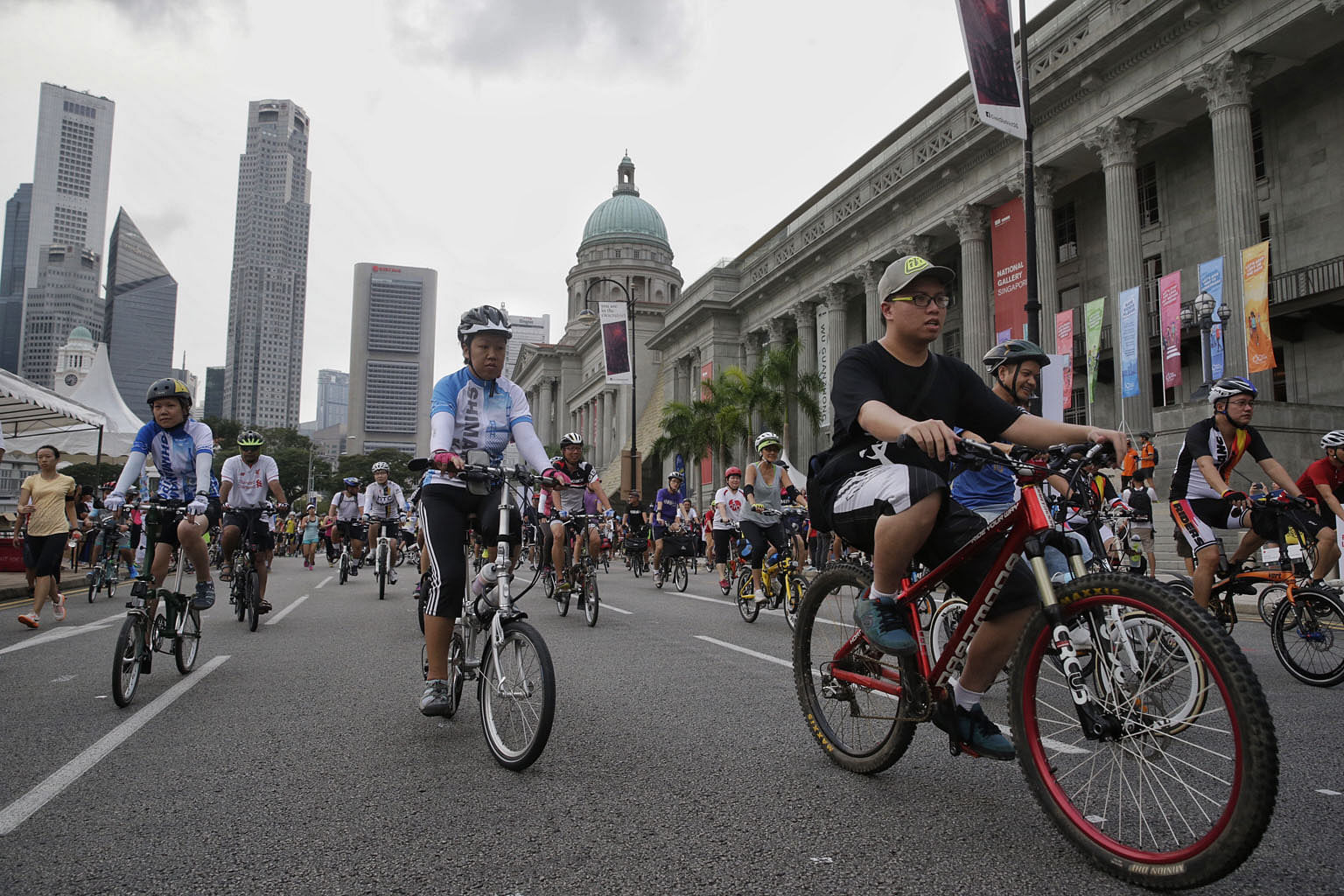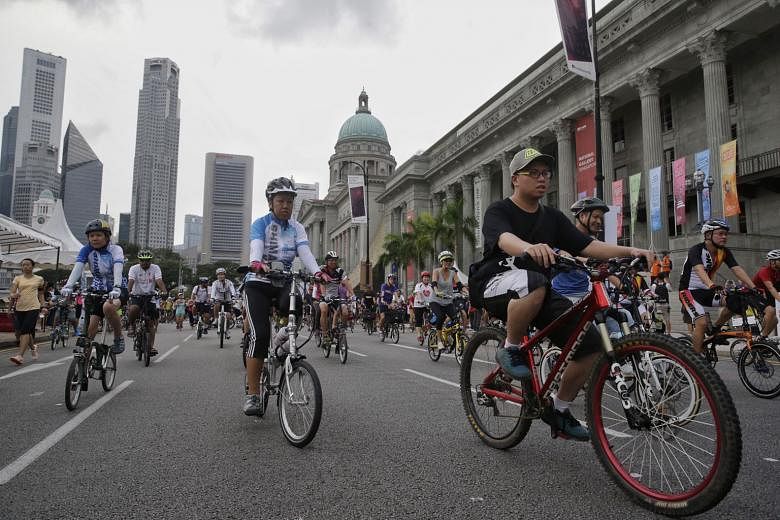Q Transport Minister Khaw Boon Wan has mentioned that self-driving pods could become a reality in 15 years, or 20 to 25 years' time. How will this pan out?
A Self-driving technology gives us the opportunity to radically transform our transport system and, in so doing, to also improve our living environment.
Roads are already taking up 12 per cent of Singapore's land area, and this proportion is still growing. We don't have the luxury of expanding our road network indefinitely to accommodate more and more private cars.
We need to encourage greater uptake of public transport and, in this regard, we think self-driving technology can significantly improve the value proposition of public transport and hence reduce the urge to own a private car.
Replacing one human-driven car with a self-driving car is hence not what we are most excited about. It is to apply self-driving technology to public transport, and to bring in new forms of shared mobility which can equal the convenience and comfort of private transport.
For example, we're planning to trial self-driving buses that operate on fixed routes and scheduled timings during peak hours, with the flexibility to be deployed dynamically during off-peak hours, based on commuter demand. This can reduce the number of buses needed to ply the town at any one time and maximise the number of passengers on board each vehicle.

Another of our focus areas is on-demand, point-to-point, self- driving shuttles or pods, which can be summoned through an app, to take us in air-conditioned comfort from our doorstep to the train station, that is, for first- and last-mile and intra-town travel.
We're also planning to trial truck platooning technology to deal with the shortage of drivers in the logistics industry, as well as deploy self-driving utility vehicles for rubbish collection and road sweeping. We can shift such operations to the dead of night, rather than compete with other traffic during daylight hours.
Our vision is of a landscape which is not blighted by roads, carparks and cars, but where valuable surface area is reserved for pedestrians, cyclists, people getting around on kick scooters and other personal mobility devices, for greenery, homes, community and recreational purposes. Longer-distance trips can be by MRT.
If possible, roads will be underground. I think that would be an ideal living environment.
Q When do you think we can see self-driving vehicles on Singapore's roads? What are the challenges?
A We believe self-driving technology will be mature enough for widespread, day-to-day, public deployment in the next 10 to 15 years. Some of the challenges which we need to address before mass adoption include the state of the technology, regulations and public acceptance.
First, technology. At this point, self-driving technology is not yet fully ready for real-world deployment in a mixed-use, heavy-traffic environment where self-driving vehicles need to interact with a high volume of human-driven vehicles, cyclists and pedestrians. Further research and development are also required to develop vehicles that are able to function effectively in poor weather conditions with low visibility, such as heavy downpours.
Second, regulations. Although many countries and cities are testing self-driving vehicles, we have not yet seen a set of well-established international standards and regulations for the development, testing and deployment of self-driving vehicles on a large scale.
Some would say that public acceptance is a key challenge too. I'm inclined to think this is less of an issue for Singapore. Self-driving technology is not something new in our land transport system. With the exception of our very first two MRT lines, all our other MRT lines are driverless.
During previous trials at Chinese and Japanese Gardens, as well as Gardens by the Bay, the self-driving vehicles were very well received by the public, who were excited and keen to try them out. Singaporeans are receptive to new technology, and I believe this will also be the case for self-driving technology.
Q What are the effects on the economy and on society ?
A We want to be among the leaders in the development and implementation of self-driving technologies and transportation concepts. If we succeed, we can overcome our key challenges of limited land and manpower resources and revolutionise our land transport system.
We can also add vibrancy and a new dimension to our economy, create new and good jobs, and draw and anchor investments and capabilities here.


